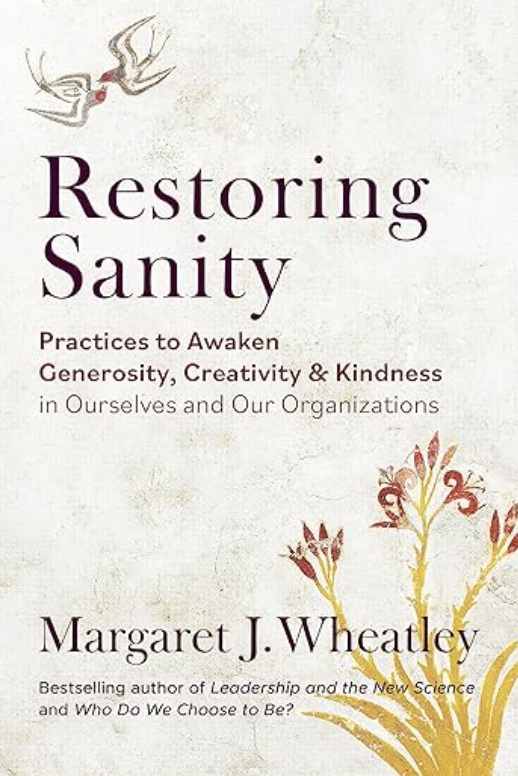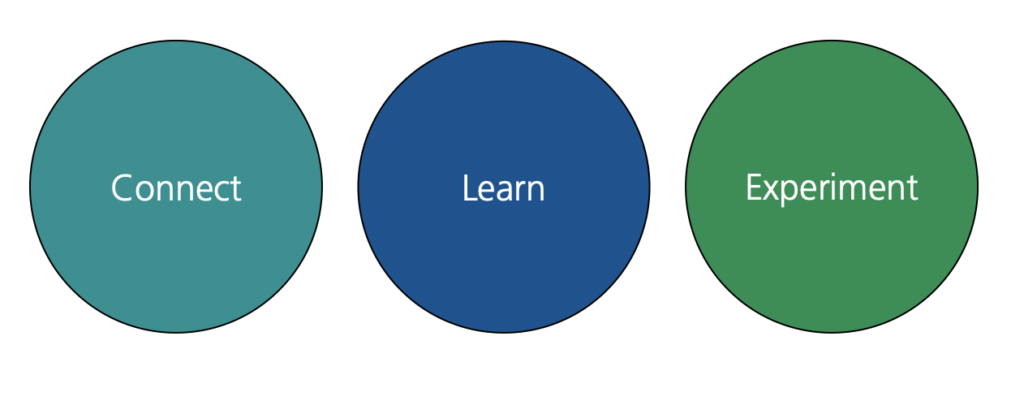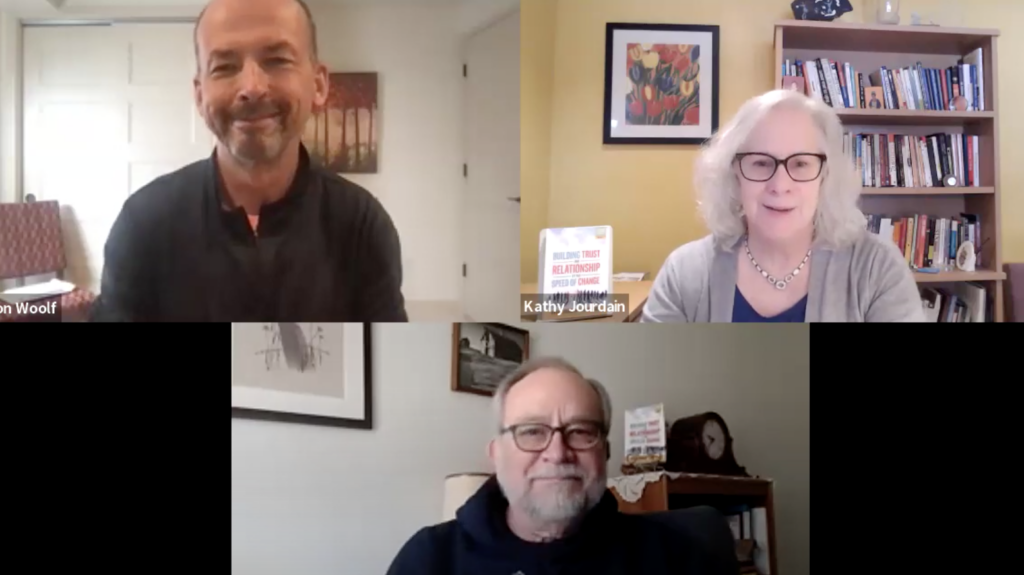
What a treat to listen in to Meg Wheatley yesterday. She offered a zoom session — 300 ish people in the one I joined — to share some context for her new book that is available March 19th. Have a peek. Have a purchase.
Meg is one of my oldest friends. She’s been a mentor, a guide. She’s been a sushi-buddy. She’s been a fellow lamenter and a fellow celebrator. She’s been a boss, a colleague, a spiritual guide. She been someone to have tea with regularly.
I loved what she shared in yesterday’s call. Her awareness of her approach in her early days of consulting — “What is the problem? Let me fix it for you.” That evolving to an orientation she has now held for years that I relate to as the center of my work — “What is possible? Who cares?”
Meg highlights practices. Facing reality. Creating consciously committed community — islands of sanity — that awaken generosity together. And kindness. And joy.
Meg’s voice has been important to a lot of people. Definitely true for me over these years. Glad to celebrate her 12th book.


